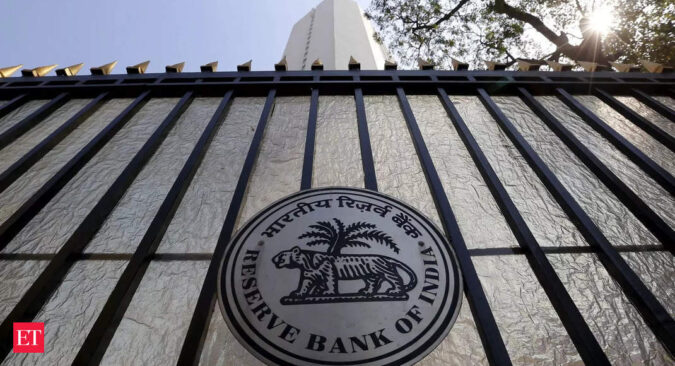The Reserve Bank of India cut inflation aim to 5.2% from 5.3% forecast in February policy. The central bank today also paused its rate-hike cycle by retaining the key lending rate at 6.5 per cent, after six consecutive hikes by a cumulative 250 bps. It remained focussed on withdrawal of accommodation.
“Cost conditions have somewhat eased, inflation expectations of households have also eased. On the upside, adverse climatic conditions are a risk to future inflation trajectory,” RBI Governor and MPC Chair Shaktikanta Das said while announcing the policy decisions. “The rising uncertainty in international financial markets and imported inflation pressures need to be monitored. Milk prices are also likely to remain firm going into the summer season due to tight demand-supply balance and fodder cost pressures.”
The expectation of a record rabi (winter crops) harvest bodes well for food prices and there is already a correction in wheat prices due to government interventions, Das said. The impact of the recent unseasonal rains in some parts of the country, however, needs to be watched, he said.
The central bank now sees inflation for Q1, Q2, Q3 and Q4 at 5.1%, 5.4%, 5.4% and 5.2%, respectively, with risks evenly balanced. In February policy, the central bank had forecast Q1 inflation at 5%, Q2 at 5.4%, Q3 at 5.4% and Q4 at 5.6%.
“Inflation globally has moderated in the recent months, but its descent to the target is proving to be long and arduous,” Das said.
With unyielding core inflation, he RBI governor said they remain firm and resolute in pursuit of price stability. “which is the best guarantee for sustainable growth”.”The impact of our actions over the past 12 months is still playing out and would increasingly weigh on the future inflation trajectory.”
The Mint street and its boss had earlier said they expect inflation to ease to 5% by April to June of next year.
For the last fiscal year, inflation was pegged at 6.5%.
RBI eyes average crude oil price (Indian basket) of US$85 per barrel and a normal monsoon.
This comes at a time after a surprise output cut by oil cartel OPEC and its allies. The shock announcement drove Brent prices higher, with Goldman changing its forecast following the output cut to $95 per barrel this year-end and $100 in December 2024.
Abheek Barua, chief economist at HDFC Bank, said they expect inflation to average at 5.4% in FY24. Recent pick up in commodity prices, risks around agriculture production and sticky core inflation could keep inflation elevated, he said.
Das had earlier said, the central bank will keep ‘Arjuna’s eyes’ on price pressure, ensure that inflation comes back within the tolerance ceiling of 6% and then to the 4% target.
The inflation print slowed to 6.44% in February from 6.52% in January, staying above the mandated tolerance ceiling for a second straight month.
Core inflation was at 6.1% in February, which most analysts said is stubbornly high and calls for another rate hike by the policymakers.
The governor said, the softening in inflation during November-December turned out to be transitory with CPI headline inflation breaching the upper tolerance threshold during January-February 2023. “A sharp turnaround in food inflation drove the pick-up in headline inflation as core inflation remained elevated across a range of goods and services,” he added.
In the February policy, the RBI had cut its FY23 inflation forecast. It said the battle against inflation is still on and the core inflation remains sticky at an elevated level.
In line with the global trend of monetary policy tightening to cool off inflation, the RBI has since May hiked the key repo rate — the rate at which the central bank of a country lends money to commercial banks — by 250 basis points in five instances before today’s rate hike.
This time most economists were expecting the central bank to hike rates for a final time in this current cycle of rate hardening, taking the benchmark rate above a seven-year high amid sticky high inflation and lingering hawkish stance by key global central banks.
“The year 2023 began on promising note as supply conditions were improving, economic activity remained reilient, financial markets exuded greater optimism and central banks were steering their economies towards a soft landing,” Das said. “In just about a few weeks in the month of March, this narrative has undergone a dramatic shift. The global economy is now witnessing a renewed phase of turbulence with fresh headwinds from the banking setcor turmoil in some advanced economies.”
